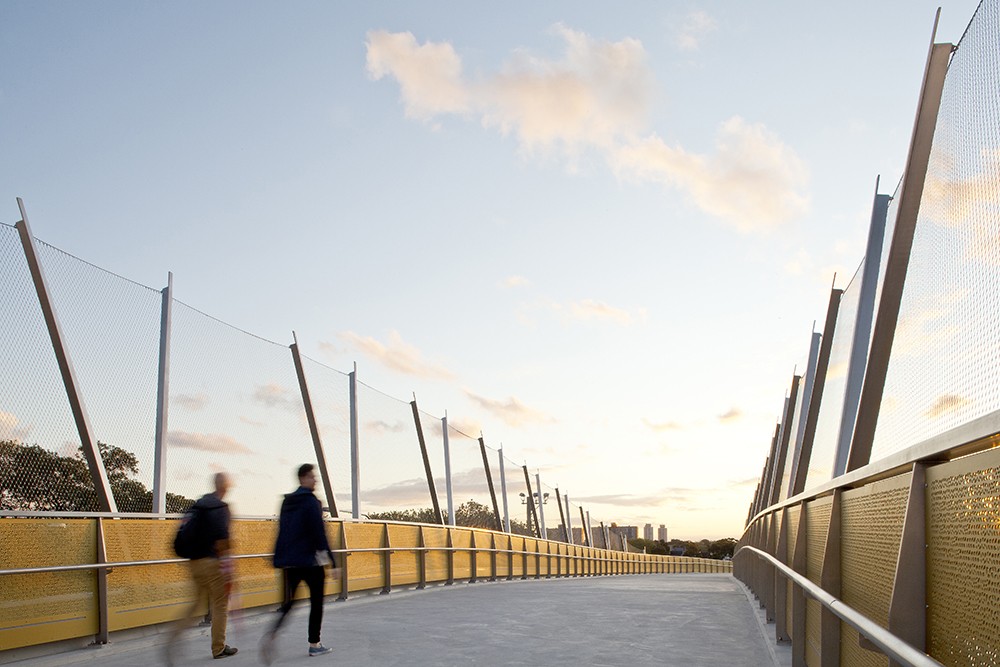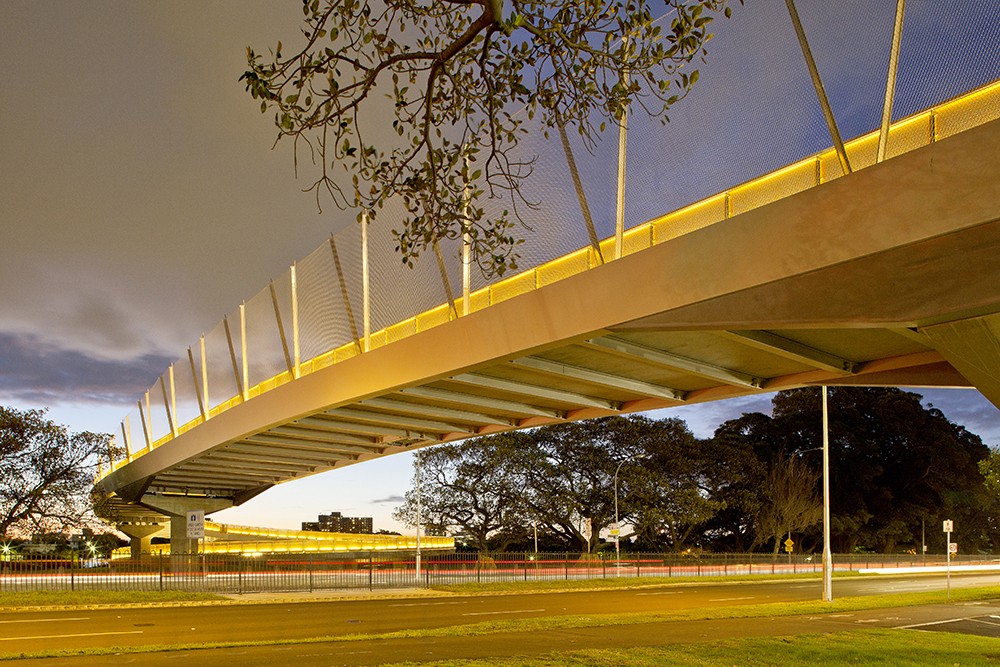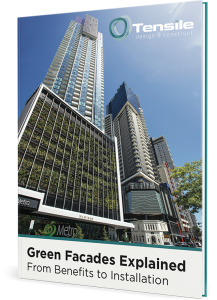As well as fall protection barriers, wire mesh can be used to create anti throw screens on overpass bridges. These types of screens are necessary in some cases to prevent pedestrians dropping or throwing objects onto passing traffic underneath – acts which can lead to serious accidents and injuries.
The risk of thrown or dropped objects from a bridge is determined by state road authorities. These authorities use risk tables and scores to determine whether a screen is required on a bridge.
One of the main determining factors is speed of the traffic underneath. Where the speed limit is higher the risk is also higher, as the impact of thrown objects on a windscreen is greater. However other factors regarding the bridge also come into play. These include previous history of offences, access to materials that could be used as projectiles (e.g. stones), volume of traffic underneath, and proximity to schools, hotels and other venues.
Anti-throw screen design parameters
Road authorities set some very detailed parameters for mesh anti throw screen design.
Technical considerations and parameters for the screen include:
- Compliance with Australian Standards – e.g. AS5100 for bridge design criteria.
- Of sufficient height to prevent throwing or dropping of objects – for example, at least 3m above the surface of the walkway or 2m above the top rail.
- Use of 4mm diameter wire with small aperture openings to reduce climbability, and to prevent projectiles being thrown through the gaps. For example, the Queensland Department of Main Roads sets a maximum aperture opening size of 25mm.
- Compliance with requirements for dead and live loads, such as wind and pedestrians – e.g. general load requirement of 2kN over an area of 0.2m by 0.2m under NSW guidelines.
- Modular design – to allow for easier replacement.
- High strength and longevity.
- Low maintenance and cleaning requirements.
- Curving of the screen over the walkway where practical.
- Full mesh or wire cable enclosure of the bridge in high risk situations, to prevent people climbing to the top of the screen and falling.
- A secondary catch screen for objects in some cases.
Aesthetic factors:
The screen should blend in with the bridge’s visual design and character. This may be especially important where the bridge has cultural or historical significance, high community value, or where it experiences high volumes of tourist traffic.
Some of the factors to consider include colour, form, shape, curvature, texture, and the impact on views. For example, a highly transparent screen could meet all the safety standards, while not impeding views or light.

Webnet mesh for anti-throw screens
Webnet has some features that make it an ideal material for anti-throw screens on overpass bridges. These include excellent longevity and durability, high strength capacity and excellent modularity.
It also performs highly in terms of span, shape and malleability, form, colour, customisation and ease of installation. Webnet also has a very light profile and high transparency, making it ideal for situations where high visibility and maximisation of surrounding views are desired.
To further discuss the use of stainless steel wire mesh for anti-throw screens, please get in touch with our team.






































